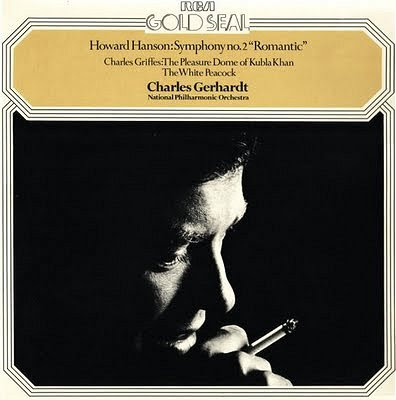No chickens were harmed while making this album
No chickens were harmed during the making of this album and no entities from alternate dimensions manifested during the recording process. All rights of the producer and owner of the recorded work reserved. Illegal file sharing and unscrupulous downloading, will, on the balance of probability, enrage the Sudani spirits that reside in the Rango gourd resonators. Do so at your own risk. We did warn you.How could On An Overgrown Path resist a recently released CD that comes with the above disclaimer? Michael Whitewood's production company and record label 30 IPS was familiar to me from their work with the Tashi Lhunpo Buddhist monks, which has featured here several times. Recently I followed a personal path to Upper Egypt into the heartland of the Nubian people close to the border with the Sudan. At which point paths crossed as 30 IPS has made several important recordings of ethnic music from Egypt, including Bride of the Zar from the Sudanese Nubian collective Rango who feature in the accompanying photos. And another path emerges: social engagement is a continuing theme On An Overgrown Path, and the music of Rango has a direct relevance to the current political turmoil in Egypt.
In the 19th century many Sudanese migrated to Egypt either as slaves or as workers in the burgeoning cotton industry. These migrants continued to practise outlawed zar rituals which used music to manifest invisible spirits known as djinn. These Sudanese spirits are believed to cross the threshold into this world - as did other spirits during the recent Aldeburgh performance of a Jonathan Harvey quartet - through the huge gourd resonators hanging under the wooden keys of the Sudanese xylophone called a rango, and through the vibrations - as explained by Hazrat Inayat Khan - of the strings of the ritual lyre called a tanbura.
Zar rituals are part of 'folk Islam' and they also incorporate Christian, Pharaonic, shamanic and animistic influences, with the traditional zar ceremony climaxing in the sacrifice of a chicken which is then eaten as part of the healing ceremony. Because of the sacrificial element zar rituals were wrongly associated with black magic rites. This association, together with their heretical polytheistic and mystical nature which was anathema to religious fundamentalists, meant that the rituals were eventually outlawed in Egypt. This prohibition coupled with the increasing popularity of Egyptian pop music with its ubiquitous guitars and keyboards meant that zar music with its fragile gourd resonator rango xylophones became almost extinct in the decades following the Second World War. But research for a Nile TV documentary in the 1970s not only uncovered musician Hassan Bergamon who is part of the zar lineage, but also two rangos complete with original gourd resonators.
Bride of the Zar on the 30 IPS label is the debut album of Rango led by Hassan Bergamon - video samples here. There is much to commend this music apart from the obvious ethnomusicological importance. Moroccan gnawa music is almost mainstream these days, and there are many similarities between zar and gnawa: the sound of the tanbura is similar to the Moroccan ginbri, there are similarities in vocal style between the two traditions, and both originate from trance-inducing healing ceremonies; so zar could just be world music's next big thing. But there is a more sobering reason to commend zar music. Egypt - particularly Cairo where Rango are based - is currently in political turmoil due to conflict between liberal elements and religious fundamentalists led by the Muslim Brotherhood. Mystical traditions such as zar ceremonies and Sufism are regarded as heretical by fundamentalists; so music as well as politics currently hangs in the balance in Egypt.
But returning to lighter matters, the disclaimer notwithstanding, there is a short bonus track at the end of Bride of the Zar with a rather realistic sonic portrayal of a chicken being decapitated. But despite no chickens being harmed during the writing of this post it appears I did enrage the Sudani spirits. When I came to add the photos of Rango the images absolutely refused to upload. Other pictures from the same file uploaded without a problem, but any image of Rango refused to work and all the usual fixes of renaming, resizing etc failed. Finally I had to reboot my computer, after which the photos appeared on the article without a problem. How strange is that?
Also on Facebook and Twitter. Michael Whitewood's support for this post is appreciated, particularly the supply of review samples. Any copyrighted material on these pages is included as "fair use", for the purpose of study, review or critical analysis only, and will be removed at the request of copyright owner(s).











Comments